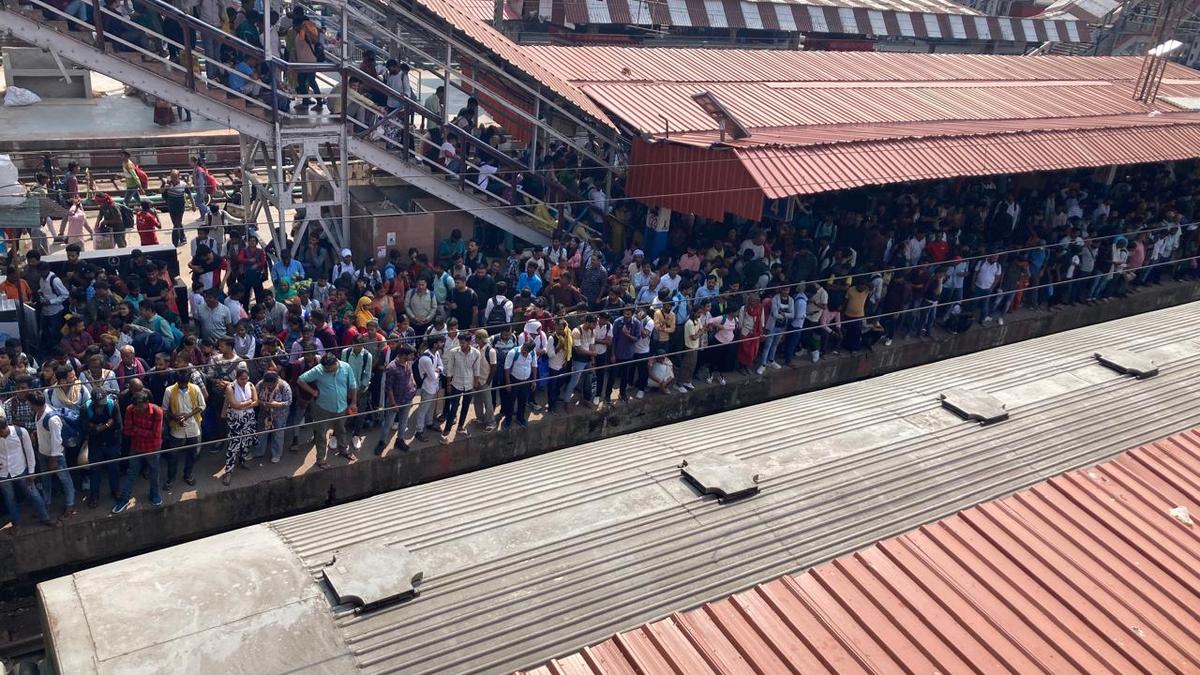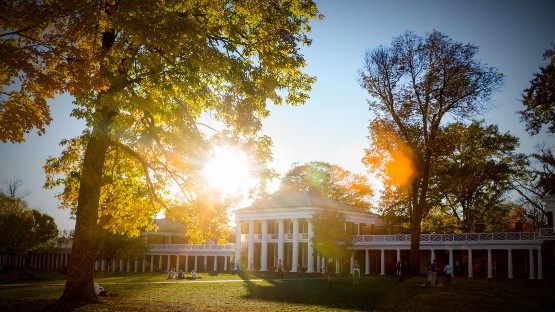Copyright thehindu

Pick up any newspaper, scroll through social media, or attend a rally in Bihar ahead of the elections, and you will see a familiar political playbook in action. The Rashtriya Janata Dal (RJD) continues to field candidates from its core base — Yadavs and Muslims. But recognising the limits of this strategy, it now promises government jobs to a population desperate for steady income. Years of poor economic growth have forced millions to migrate out of Bihar in search of work. The RJD hopes to raise a fevered pitch on this subject and win support from an electorate for whom migration has become a major issue. The Congress, having lost its erstwhile support bases among ‘forward castes’ to the BJP, has brought its national narrative to Bihar: inclusivity, constitutional values, and secularism. It is pitting these against the Bharatiya Janata Party (BJP)’s divisive communalism. This message resonates in parts of semi-urban Bihar. But it is clear that the party’s heydays are behind it. Editorial | Migration debate: On the first phase of 2025 Bihar Assembly election The Left parties speak the language of rights and redistribution — land reforms, labour rights, dignity for workers. But except in some pockets, they have not built a mass base. Smaller players such as the Vikassheel Insaan Party have been brought in to peel away support from marginalised communities that have traditionally backed the ruling Janata Dal (United) or JD(U). The other side On the other side stands the JD(U) and its leader Nitish Kumar. The party is the inheritor of the Karpoori Thakur formula — mobilising Extremely Backward Classes (EBCs) and ‘Mahadalits’ alongside smaller but powerful non-Yadav Other Backward Classes (OBCs) such as Kurmis and Koeris. To expand beyond this base, Mr. Kumar has spent years cultivating women voters through welfare schemes. Now he is betting heavily on the popularity of a one-time cash transfer to women to carry him through this election. The BJP seeks to retain the support of ‘forward’ castes — those who view OBC political dominance with resentment. But it is also trying to build a broader coalition through Central government welfare schemes and a strident appeal to Hindutva, aiming to consolidate Hindu voters across caste lines. To keep the middle class and urban voters on board, it emphasises “development”, which in Bihar largely means building roads and bridges across the riverine landscape. In a State with some of India’s worst human development indicators, this limited definition of development speaks volumes. Beyond the BJP and JD(U), the National Democratic Alliance (NDA) includes smaller caste-based parties — the Lok Janshakti Party (LJP), Hindustani Awam Morcha, and Rashtriya Lok Morcha (RLM), each representing specific non-Yadav OBC and Dalit constituencies. And then there is the newcomer: the Jan Suraaj Party (JSP), which claims to offer something different — less focus on caste patronage, more emphasis on good governance and welfare through better administration. In short, Bihar’s 2025 election reflects the three forces that have shaped Indian politics since the 1990s: Mandal (caste-based reservations and identity politics), Mandir (Hindutva consolidation), and Market (developmentalism). Each party emphasises these in different combinations, but Mandal politics remains the most salient factor. This contest — with its promises of jobs, welfare, women’s empowerment, and development — obscures a fundamental reality. Except for the Left parties, which lack electoral strength, no major player is talking about Bihar’s core problem, which has two interconnected parts. The first is land. Despite decades of fragmentation, land ownership in Bihar remains skewed towards forward caste elites. This concentration of agricultural land is not just an economic issue; it is the foundation of social and political power that has persisted for generations. The second is the missing industry. Bihar has one natural strength: fertile agricultural land. This should have spawned a thriving agro-processing industry — food processing units, packaging facilities, supply chain infrastructure that creates jobs and adds value to farm produce. Instead, Bihar exports its raw agricultural output and its people. The concentration of land in the hands of an elite that has historically favoured rent-seeking over capital investment has stifled the emergence of a dynamic agro-industrial sector. These two issues — land concentration and the absence of agro-processing — are keys to understanding why Bihar remains poor despite decades of “social justice” politics and years of “development” governance. They are also the issues that every major party is carefully avoiding because addressing them would mean challenging entrenched interests: big landowners (including wealthy farmers from OBC communities), forward caste economic dominance, and the entire political economy that keeps the current system running. Bihar’s backward caste leaders — Lalu Prasad Yadav, Nitish Kumar, and others — rose to power in the late 1980s and early 1990s. Most people credit this to the socialist movements of the mid-20th century. But the roots go back further, to the Triveni Sangh movement of the 1920s-30s. Back then, backward caste leaders challenged the dominance of forward castes (Rajput, Bhumihar, Brahmin, Kayastha) who controlled land, wealth, and power. They wanted literacy, education, and a fairer distribution of resources. Nearly a century later, Bihar’s core problem remains the same: a tiny minority still controls most of the wealth. The Bihar caste survey reveals a stark reality. Forward castes make up just 15.5% of the population, yet they hold 31% of all government jobs. While 10% of forward caste households earn over ₹50,000 per month, this figure drops to only 4% among OBCs, 2% among EBCs and Scheduled Castes, and less than 1% among Scheduled Tribes. Over 80% of large landholdings (those exceeding 20 acres) belong to forward castes according to India Human Development Survey (2011) and the National Sample Survey Organisation (2019). This concentration of resources has not just persisted; it has reproduced itself through networks, influence, and access to power. Political power without economic change Bihar has achieved political democracy. Backward castes have held power for decades. But this has not translated into economic democracy. The wealth is still in the same hands. To understand why Bihar’ s political leaders — even those from backward castes who fought for social justice — have avoided these fundamental issues, we need to look at what battles they chose to fight. Mr. Prasad championed social justice aggressively. But he focused on challenging forward castes while ignoring, or even suppressing, other backward and extremely backward castes. He did not address land redistribution or economic inequality. He only fought “neighbourhood battles” — challenging the castes directly above Yadavs in the hierarchy rather than the entire system of inequality. This approach sharpened tensions between Yadavs and other OBC/EBC groups. Mr. Kumar took a different path. He built roads, schools, and provided electricity — infrastructure that benefits everyone. This looked like progress without threatening anyone’s wealth. He even formed a Land Reforms Commission early on, but quickly abandoned anything that would challenge big landowners. The result? Infrastructure improved, but wealth distribution didn’t change. Neither Mr. Prasad nor Mr. Kumar was willing to challenge big landowners within their own castes (Yadavs and Kurmis), even though these are relatively few in number. Mr. Kumar, who has been in power for two decades, would have been voted out by now if the state of the Bihar economy was an indication of governance. But the opposition Mahagatbandhan (MGB) has not presented itself as a clear alternative, despite successful rallies and mobilisations. Bihar now faces two possible paths. The first is development for the few — a continuation of the current model of growth that benefits big business and landowners, with some welfare schemes to pacifiy the masses. The second is inclusive growth — addressing the wealth gap, redistributing land, ensuring jobs and income reach all castes, and building agro-processing industries that create broad-based employment. The newer political entrants exemplify the first path. The LJP’s Chirag Paswan promises food processing industries, while the JSP’s Prashant Kishor emphasises service sector growth and better governance. Both talk of development, but neither addresses wealth redistribution or land reform. Their models accept the concentration of resources in the hands of big landowners, businesses, and bureaucrats, promising only to make the system work more efficiently. Both the NDA and MGB are multi-caste alliances, which prevents either from moving decisively in any direction. The MGB’s recent policy papers — ‘Parivartan Patra’, ‘Mai-Bahin Maan scheme’, and ‘Ati-Pichada Nyay Patra’ — do show some understanding of inclusive development, with plans to empower women, EBCs, and Dalits. But given past broken promises, voters remain sceptical. The Left parties have economic plans to redistribute wealth, but they have failed to connect these to social justice issues. Their politics is yet to reckon with facts such as a forward caste landless labourer faces very different barriers from a Dalit or EBC woman even if both are poor. Many Dalits who have been officially allotted land titles are unable to take physical possession due to social barriers. To be seen as a credible alternative to the NDA, the MGB needed to send a clear, credible message that they are serious about inclusive growth, not just winning elections. They should have taken a message of redistribution and opportunity to voters, rather than making wishful welfare promises. They should have drawn a sharper ideological contrast with the NDA. Now their hopes are pinned on anti-incumbency alone.



